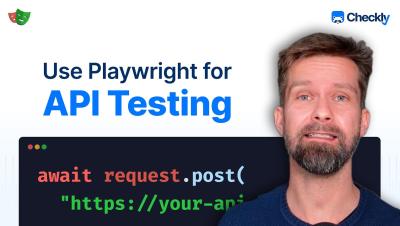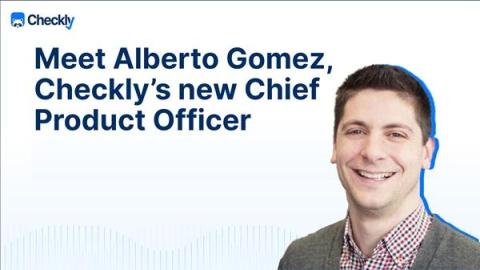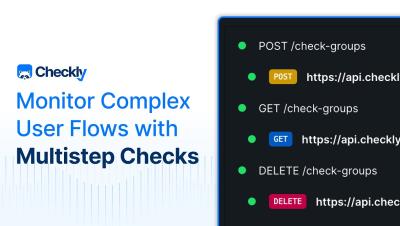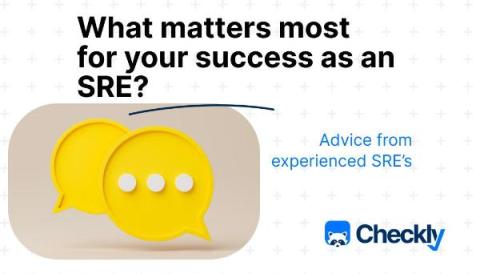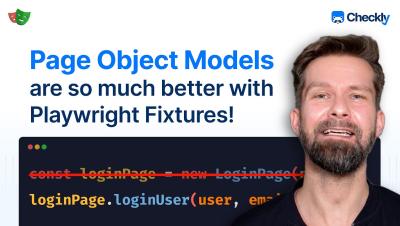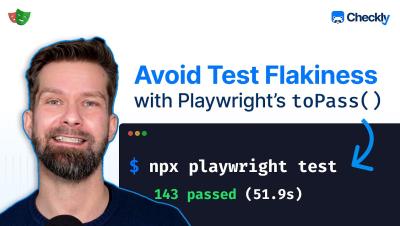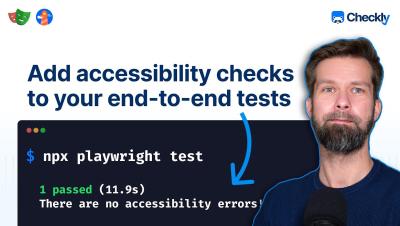How to test and monitor your APIs with Playwright
In today's video, we explore a lesser-known feature of Microsoft's Playwright - API Testing. We'll illustrate how to use Playwright for testing GraphQL as an example of an HTTP-based API; RESTful APIs can be tested too. We'll explain the usage of the 'request' fixture with Playwright, parse responses and validate their correctness. Moreover, we'll delve into executing multiple API requests in a single Playwright test case while testing their responses.


